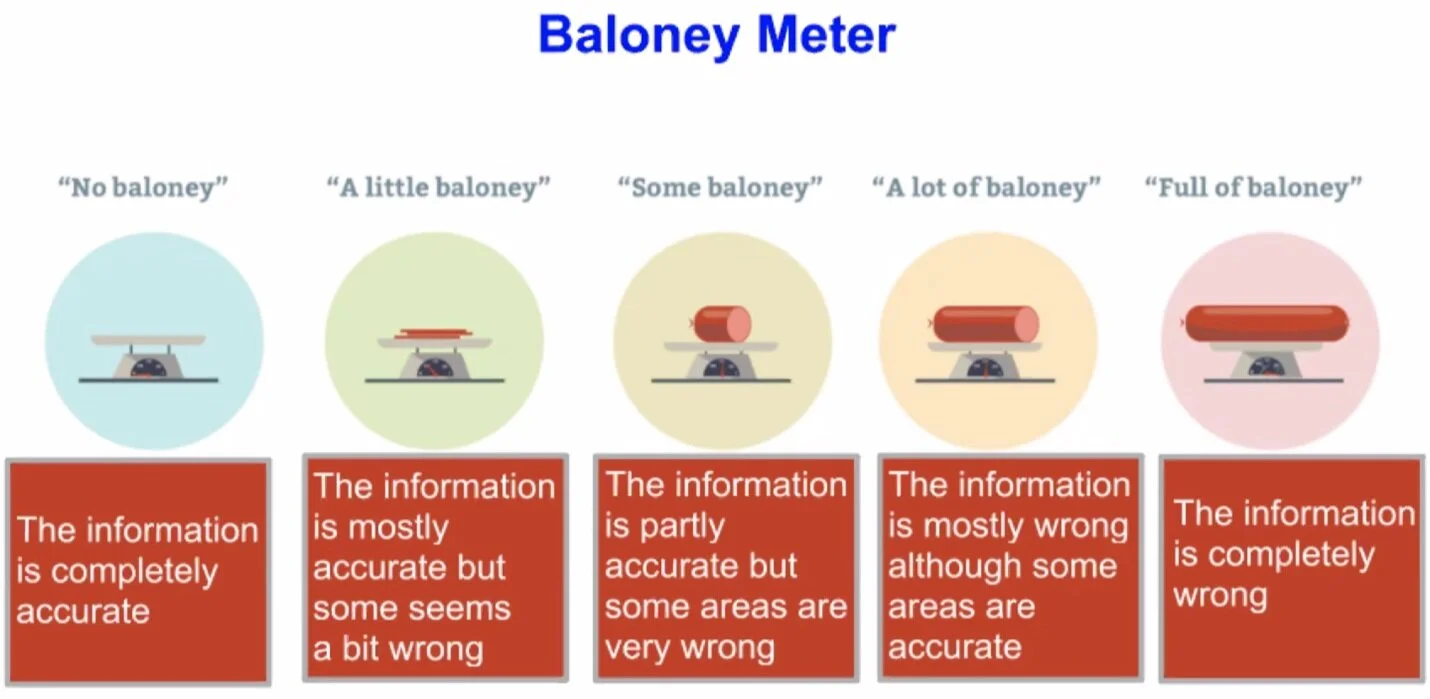Reflections on Meaningful Learning with Garfield Gini-Newman
On A dark, cold winters evening (-32C), in the middle of a pandemic I sat down at my computer to attend the second session in the Leaders in Education series with Garfield Gini Newman. The topic for this nights session was MEANINGFUL LEARNING…and meaningful it was!
The focus of the session was to walk us through what he has identified as 5 Keys to Meaningful Learning. When planning for learning we should consider the following:
Frame learning around a provocation/rich task
Plan for depth by carefully sequencing a set of related questions through a cascading lesson design
Encourage iterative learning through the use of learning launches
Build confidence by ensuring access to requisite intellectual tools
Promote reflective learning through use of Thoughtbooks and guides to success.
Well I was hooked! Who wouldn’t want to learn more about rich tasks, rich questions, confidence building and reflective learning? Paying attention to anyone of these when planning for learning would ensure that we are developing a meaningful learning focused relationship with our learners.
Things were warming up!
I have always felt that examining the types of questions we ask as teachers is an interesting place to begin when massaging our pedagogical practices. We ask so many questions in a day…but how many do we strategically and artfully plan? Garfield shared his visual for Questions That Help Frame a Critical Response. The purpose? To help learners take a stance in their thinking…make a decision about what they know or are thinking about. This results in increased engagement and elevated classroom discussion.
We were introduced to 3 question types as illustrated in the chart below.
Type 1: knowledge retrieval questions
Type 2: describe feelings (students have to make a decision, but there are no wrong answers)
Type 3: making assessment/need to give evidence or base response on criteria ( decision with defence or explanation of their judgment)
Having the opportunity to look at example questions, determine the type, and then discuss how to take to another level was a good way to support us in consolidating our understanding. Having a simple reference chart is an easy way to make a commitment towards designing richer questions in our work.
Here we were…only 20 minutes into the conversation/session and I had a useful take-away that I could begin implementing in my practice starting tomorrow.
The later part of this session involved looking at examples of ways to invite critical thinking into our classrooms. He expanded on ideas we learned in session 1 from Laura Gini Newman on the use of Learning Launches. Simple strategies to help learners participate in regular opportunities throughout the learning cycle to affirm, revise or extend their thinking. Very practical ideas such as introducing Confidence Meters, Ranking Ladders, Venn Diagrams and of course the Baloney Meter! (This got a warm chuckle from the crowd!) Any one of these tools would provide a meaningful addition to classroom practice…inviting learners to recognize that as they are learning they can ALWAYS change their mind about what they are knowing and thinking.
Garfield has such an earnest and kind approach in his delivery of information. He is so open to helping others grow their practice. He made kind offers to help anyone tweak something they are currently working on or planning, freely gave us his contact info, and was willing to hang on after the session to take any queries folks might have. Getting to spend what could have been a frigid winter evening with someone who has such a warm approach to sharing his expertise made for a mid-winter PD session that proved to be time well spent!
As a learning coach I found myself sharing those 5 Key ideas in conversations with teachers the following day. The simple tweaks he shared with us were meaningful and without being onerous, any educator could take a step towards refining their lessons to make the learning more meaningful.


